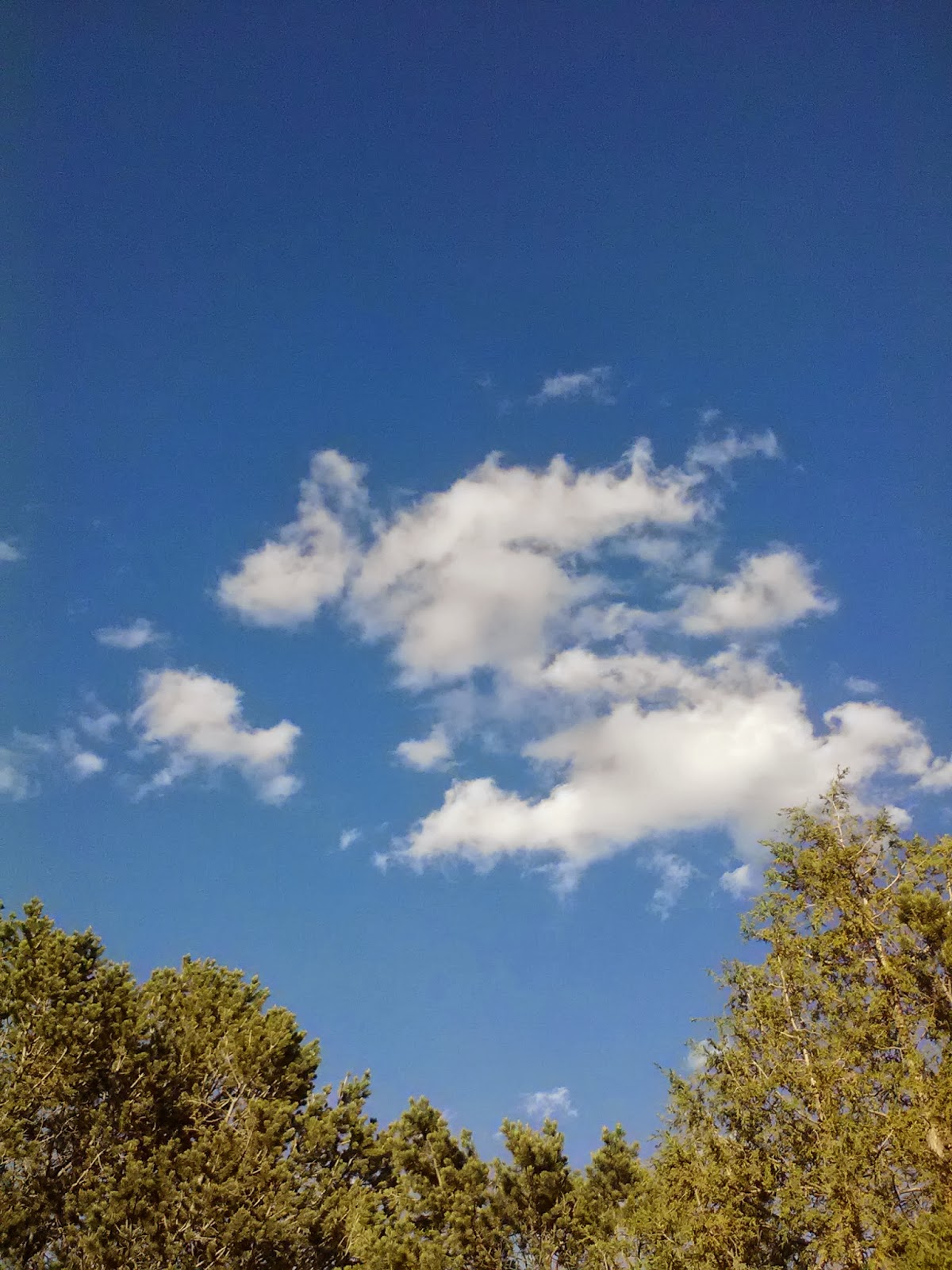An hourly graph of the weather in the East Mountains can be
found at:
http://forecast.weather.gov/MapClick.php?lat=35.08840&lon=-106.375&lg=english&&FcstType=digital
The temperature data for Sunday February 23, 2014 was
taken and recorded in the table below:
|
Hour
|
Temperature
|
|
21
|
48
|
|
22
|
46
|
|
23
|
45
|
|
0
|
43
|
|
1
|
42
|
|
2
|
40
|
|
3
|
39
|
|
4
|
38
|
|
5
|
37
|
|
6
|
37
|
|
7
|
38
|
|
8
|
39
|
|
9
|
43
|
|
10
|
48
|
|
11
|
53
|
|
12
|
56
|
|
13
|
58
|
|
14
|
59
|
|
15
|
59
|
|
16
|
59
|
|
17
|
58
|
|
18
|
56
|
|
19
|
52
|
|
20
|
49
|
The high for Sunday was 59 degrees Fahrenheit and the low was 37 degrees Fahrenheit.
The average calculated by adding all the temperatures and dividing by 24 is 48.5 degrees. The average temperature calculated by adding the high and low and dividing by 2 is 48 degrees. These two averages are very close in value which means that a good way to approximate the average is to add the high and low and divide by 2. However, taking the actual average of all the temperatures is more accurate.
The range of the temperature for Sunday is 22 degrees Fahrenheit.
An hourly weather graph for the East Mountains can be found at: http://forecast.weather.gov/MapClick.php?lat=35.08840&lon=-106.375&unit=0&lg=english&FcstType=graphical
